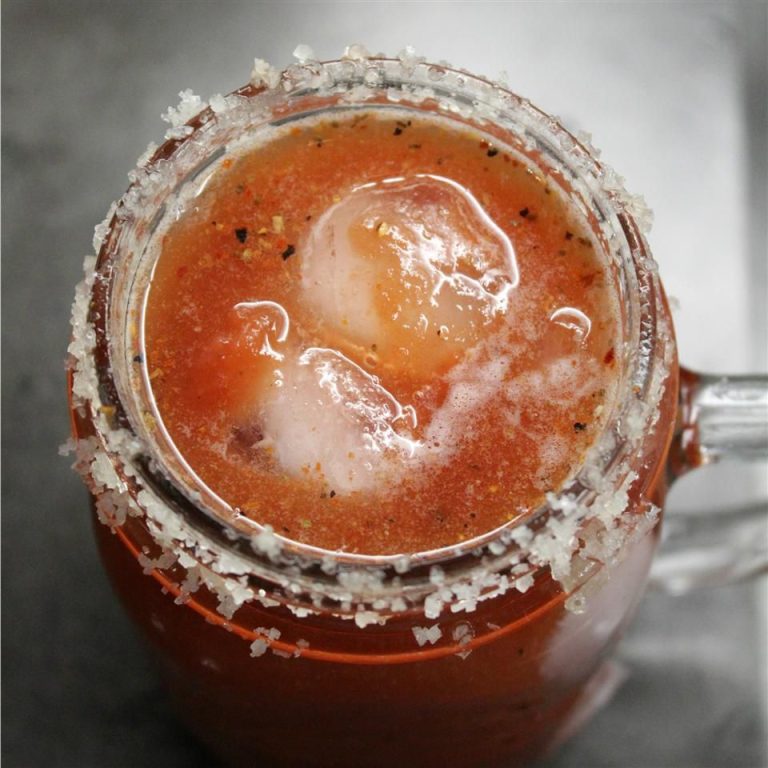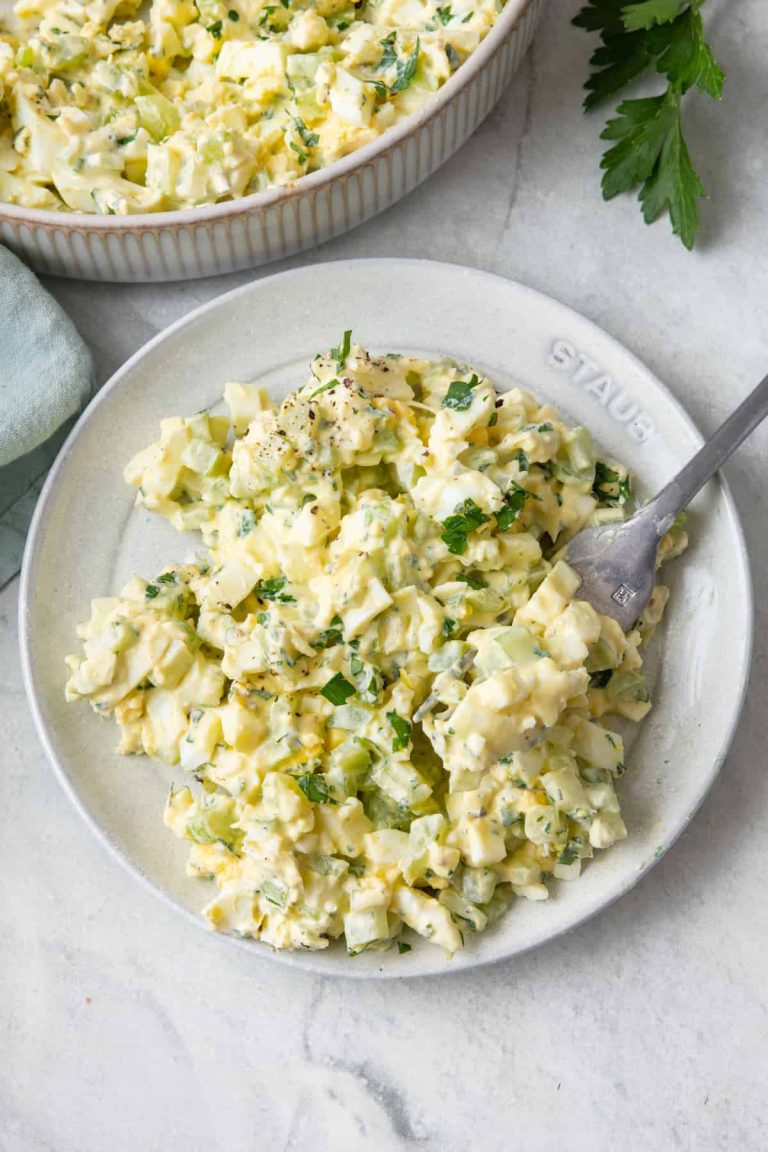Creamy Horseradish Sauce: Discover the Rich History and Versatility
Horseradish’s origins trace back to ancient Egypt where it was valued for its medicinal properties. By the Middle Ages, Europeans used horseradish as a potent condiment. In 16th century England, it gained popularity, especially as an accompaniment to beef and oysters. Creamy horseradish sauce emerged by blending grated horseradish root with cream to temper its strong flavor. This combination offered a smoother, tangier sauce, enhancing roasted and cold meats.
Cultural Significance
Creamy horseradish sauce holds cultural importance in various regional cuisines. In the United Kingdom, it’s a traditional must-have with roast beef during Sunday dinners. In Germany, it’s a staple in Bavarian cuisine, often served with boiled meats and sausages. Eastern European dishes also incorporate creamy horseradish variants in fish dishes and as spreads. The sauce’s widespread appeal highlights its versatility and role in elevating diverse culinary traditions.
Key Ingredients in Creamy Horseradish Sauce
Horseradish Root Explained
Horseradish root, the star of creamy horseradish sauce, brings the distinct pungent flavor. It’s a root vegetable from the Brassicaceae family, which also includes mustard and wasabi. When grated or crushed, horseradish releases a compound called allyl isothiocyanate, providing its characteristic heat. Fresh horseradish root yields the best flavor, though prepared horseradish in vinegar can also be used. Choose roots that are firm and free from blemishes for optimal taste.
Dairy Components and Alternatives
Dairy components, such as sour cream and heavy cream, form the creamy base of the sauce. Sour cream adds tanginess, complementing the sharpness of the horseradish. Heavy cream, on the other hand, delivers a richer, smoother texture. Some recipes call for mayonnaise, which blends well to offer both creaminess and slight acidity. For dairy-free alternatives, options like cashew cream or coconut yogurt provide a similar texture and tangy profile, making the sauce accessible for those with dietary restrictions.
Carefully selecting dairy components or their alternatives ensures the sauce maintains its creamy consistency and balanced flavor.
How to Make Creamy Horseradish Sauce
Step-by-Step Recipe
To create creamy horseradish sauce, gather the following ingredients:
- 1 cup sour cream
- 2 tablespoons grated fresh horseradish root
- 1 tablespoon Dijon mustard
- 1 tablespoon white wine vinegar
- 1 teaspoon lemon juice
- Salt to taste
- Pepper to taste
Follow these steps:
- Mix: Combine sour cream, grated horseradish, Dijon mustard, white wine vinegar, and lemon juice in a bowl.
- Blend: Stir the mixture thoroughly until it’s smooth and all components are well incorporated.
- Season: Add salt and pepper to taste, ensuring you blend well to distribute the seasoning evenly.
- Chill: Place the sauce in the refrigerator for at least 30 minutes to allow the flavors to meld together.
- Serve: Enjoy this creamy horseradish sauce with roasted meats, sandwiches, or as a dipping sauce.
- Freshness: Use fresh horseradish root. Pre-grated or older horseradish lacks the necessary pungency and texture.
- Blending: Mix thoroughly to ensure all ingredients are well incorporated, preventing separation or uneven texture.
- Adjusting: If the sauce is too thick, add a small amount of heavy cream or milk to achieve a smoother texture. If too thin, mix in a bit more sour cream or grated horseradish.
- Chilling: Allow the sauce to chill sufficiently in the refrigerator. This step enhances the flavor and helps achieve a consistent texture.
Pairing Ideas for Creamy Horseradish Sauce
Best Dishes to Complement
Creamy horseradish sauce enhances the flavors of various dishes. Prime rib enhances the spicy tang of horseradish sauce, making the flavors robust and memorable. Roasted beef sandwiches, whether hot or cold, gain a zesty kick when paired with creamy horseradish sauce. Serve it alongside smoked salmon to introduce a contrasting creamy texture with a sharp bite. Pork tenderloin also benefits from the sauce’s distinct flavor profile, adding depth to the dish. If you serve the sauce with grilled vegetables (like asparagus or carrots), you introduce a refreshing tang to balance the smoky, charred notes.
Unexpected Food Pairings
Explore creative pairings to expand your culinary horizons with creamy horseradish sauce. Spread it on a turkey club sandwich to elevate the standard flavor profile. Mix it into deviled eggs to add a peppery zing, making an otherwise traditional appetizer more exciting. Incorporate the sauce into mashed potatoes or use it as a topping for baked potatoes for an unexpected spiciness. Combine it with cream cheese as a bagel spread for a morning bagel, giving an unusual yet delightful start to the day. Use it as a dipping sauce for fried foods (like calamari or onion rings) to introduce a unique kick that keeps you craving more.
Health Benefits and Dietary Considerations
Nutritional Overview
Creamy horseradish sauce offers several nutrients beneficial to your health. Horseradish root provides a good amount of dietary fiber, vitamin C, and folate. Each serving contains low calories, making it suitable for weight management. Some studies suggest horseradish may have antibacterial and anti-inflammatory properties. These nutrients can support your immune system while the fiber contributes to digestive health. The inclusion of dairy in creamy horseradish sauce adds calcium and vitamin D, strengthening bone health.
| Nutrient | Amount per 2 Tbs (28g) | % Daily Value* |
|---|---|---|
| Calories | 30 | 1.5% |
| Total Fat | 2g | 3% |
| Sugars | 1g | ** |
| Fiber | 0.5g | 2% |
| Protein | 1g | 2% |
| Vitamin C | 3mg | 5% |
| Calcium | 20mg | 2% |
| Vitamin D | 0.1mcg | 1% |
** Not a significant source
Allergens and Substitutes
Creamy horseradish sauce contains common allergens like dairy, primarily from cream or sour cream. If you have a dairy allergy, use dairy-free alternatives such as almond milk yogurt or coconut cream. Gluten-sensitive individuals can safely consume it if it’s prepared with gluten-free ingredients. Ensure no gluten-containing thickeners or additives are used. You can substitute horseradish root with wasabi for a different yet similarly pungent flavor, catering to taste preferences while still enjoying the health benefits.
Conclusion
Creamy horseradish sauce isn’t just a flavorful addition to your meals; it’s a journey through culinary history and a boost to your health. Whether you’re looking to add a tangy kick to your favorite dishes or seeking nutritious benefits, this sauce offers versatility and depth. Experiment with the recipe and pairings, and don’t hesitate to explore dairy-free alternatives if needed. By incorporating creamy horseradish sauce into your culinary repertoire, you’re not only enhancing flavors but also embracing a rich tradition that spans centuries.






